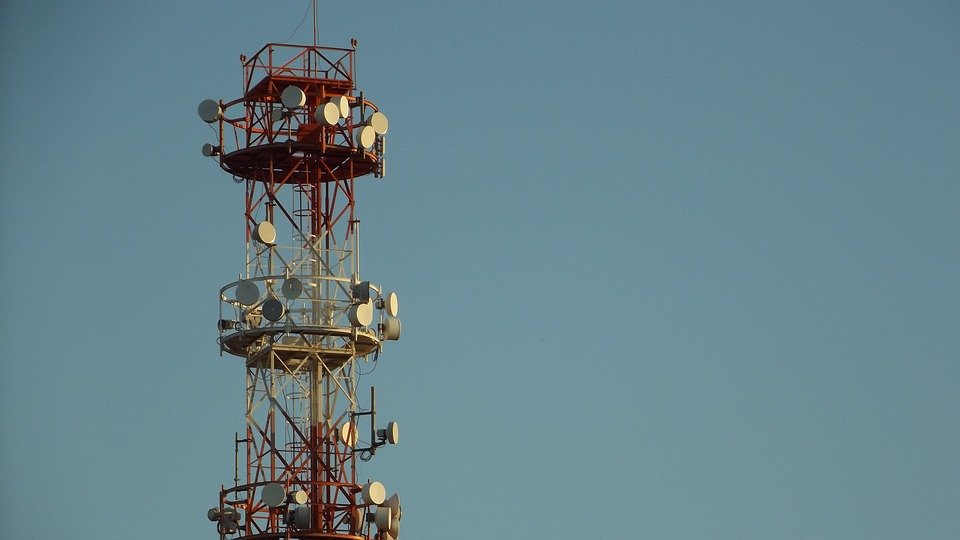In the world of wireless communications, the difference between UHF and VHF plays a crucial role. These two frequency bands, Ultra High Frequency (UHF) and Very High Frequency (VHF), are at the heart of modern communication systems. Whether for industry professionals or outdoor enthusiasts, understanding the specifics of these radio waves is essential to choosing the equipment best suited to their needs.
Definition and characteristics of UHF and VHF frequencies
What is UHF?
UHF (Ultra High Frequency) refers to frequencies ranging from 300 MHz to 3 GHz, corresponding to wavelengths between 1 meter and 10 centimeters. UHF waves primarily propagate in a line of sight and can penetrate obstacles at short distances, making them ideal for indoor applications.
What is VHF?
VHF stands for Very High Frequency and covers frequencies from 30 MHz to 300 MHz, with wavelengths between 10 centimeters and 1 meter. VHF waves also travel in a line of sight but are more easily disrupted by buildings and mountains.
Frequency range comparison
UHF frequencies range from 378–512 MHz (low band) to 764–870 MHz (high band), while VHF ranges from 49–108 MHz (low band) to 169–216 MHz (high band). UHF waves, being shorter, provide wider reception and better obstacle penetration than VHF. However, UHF consumes more energy due to its higher frequency.
Advantages and disadvantages of UHF and VHF
Advantages of UHF
UHF performs well in dense urban environments and buildings. Its higher frequencies and shorter wavelengths allow it to pass more easily through wood, steel, and concrete. This makes UHF particularly effective for indoor communication and urban settings. Additionally, UHF offers greater transmission capacity, which is beneficial for television broadcasting and mobile data networks.
Disadvantages of UHF
UHF has a higher energy consumption. Because of its higher frequencies, it uses more battery power, requiring more frequent recharging. UHF equipment also tends to be more expensive than VHF.
Advantages of VHF
VHF is particularly effective for outdoor use where there are few obstructions. VHF frequencies travel farther when not blocked, making them ideal for outdoor activities, marine applications, forestry, and oilfield operations. VHF radios also typically offer longer battery life.
Disadvantages of VHF
VHF struggles in urban areas with many obstacles like tall buildings, where signal strength drops significantly. Additionally, VHF has fewer available channels, which can cause congestion and interference with nearby radios. VHF antennas are also longer and less convenient, which can be a challenge in tight spaces.
Common applications and uses
UHF uses
UHF is highly impactful in various applications due to its ability to penetrate obstacles. This technology is especially effective in urban environments and built structures. Common uses include:
- Broadcasting: UHF waves are widely used in television broadcasting, offering better signal quality and more channels than VHF.
- Wireless communication: UHF is crucial for wireless systems, allowing mobile phones, radios, and Motorola walkie-talkies to transmit and receive signals over long distances.
- RFID technology: Radio-frequency identification (RFID) relies on UHF waves to track and identify objects, useful in inventory management, logistics, and access control systems.
VHF uses
VHF is well-suited for outdoor communication and long-range transmission. Its applications include:
- Marine communication: VHF radios are essential for maritime safety, enabling communication between vessels and with coastal stations.
- Aviation: VHF is used for air-to-ground communication in civil aviation.
- FM broadcasting: FM radio stations use the VHF band to broadcast their programs.
Industries affected
UHF and VHF technologies impact various sectors:
- Public safety: Emergency services use these frequencies for reliable communication.
- Transportation: Transit systems rely on UHF and VHF for coordination and safety.
- Industrial: Factories and warehouses use these technologies for internal communication and logistics management.
- Recreation: Outdoor activities like hiking and camping benefit from portable UHF and VHF radios.
UHF and VHF radio equipment
Types of UHF radios
UHF radios operate between 300 MHz and 3,000 MHz. They are highly effective for communication in urban and indoor environments. Motorola’s UHF radios are particularly efficient at penetrating concrete and metal structures, making them ideal for buildings, warehouses, and densely populated urban areas. These devices are commonly used by public safety teams, medical staff, and in hospitality and logistics industries.
Types of VHF radios
VHF radios work within the 30 MHz to 300 MHz range. They are excellent for long-range outdoor communication. Motorola’s VHF radios perform well in open areas, parks, and marine environments. They are commonly used in marine communication, civil aviation, and outdoor activities such as forestry.
The importance of making the right radio choice
In conclusion, understanding the differences between UHF and VHF is critical for choosing the right technology for specific needs. UHF, with its ability to penetrate obstacles, is especially effective in indoor and urban environments, while VHF excels in long-range outdoor communication. This distinction impacts many industries, from public safety to recreation, transportation, and industrial operations.
Ultimately, the choice between UHF and VHF depends on the context of use and the specific requirements of each application. Whether for professional or personal communication, it is essential to weigh the advantages and limitations of each technology. This knowledge helps you select the most suitable equipment—such as Motorola walkie-talkies—to ensure effective and reliable communication in any situation.
Need help choosing the right radio? Our team is here to guide you to the perfect match!
